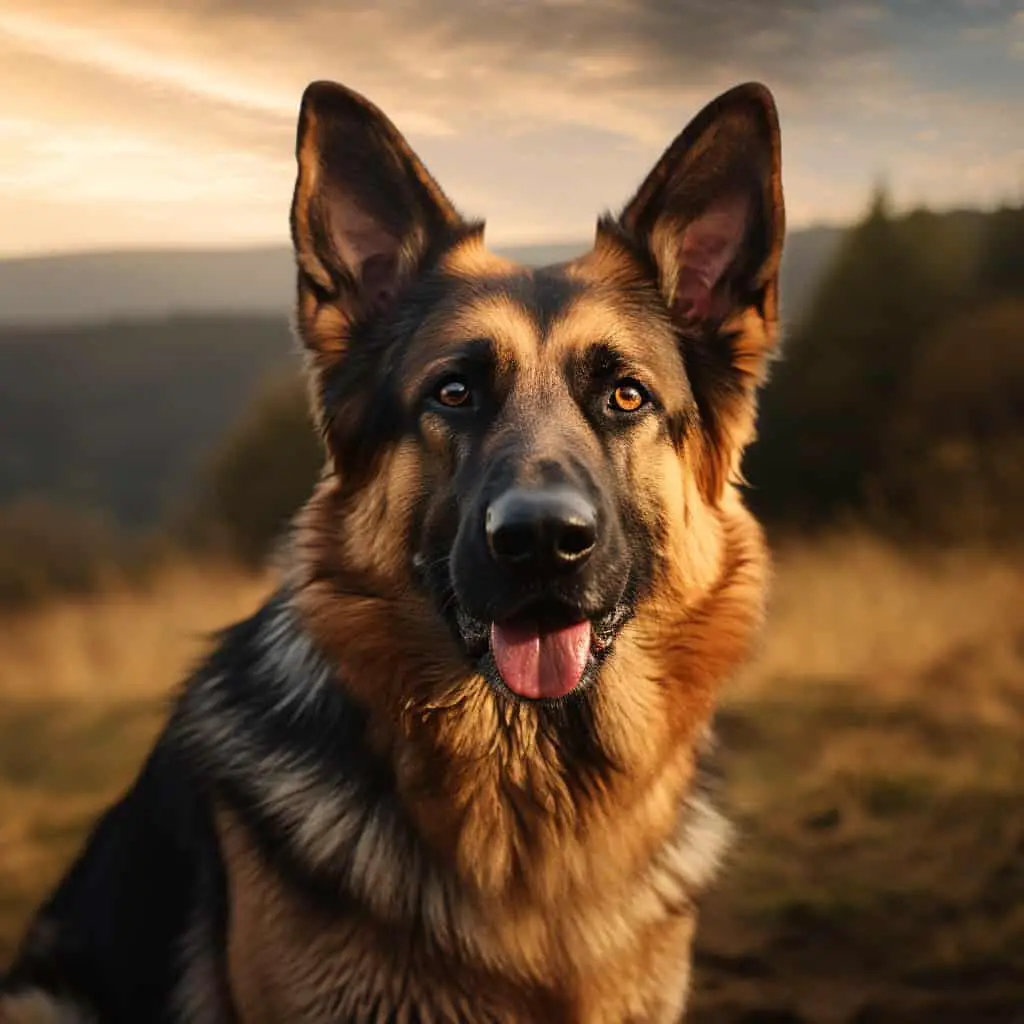The Great Debate: Can Little Dogs Breed with Big Dogs? Big dog little dog breeding is a fascinating topic, full of complexities and intricacies that can be difficult to navigate for even the most experienced breeder.
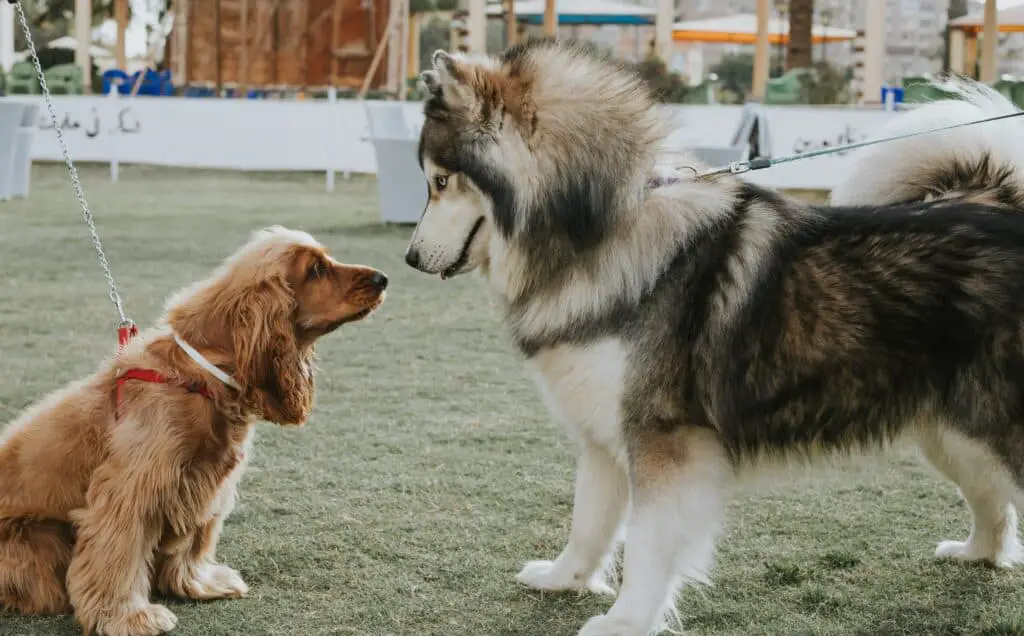
One question that often arises surrounding dog breeding is whether it’s possible for little dogs to have puppies with big dogs.
While many assume that size differences between breeds are a barrier to breeding, the truth is much more nuanced. First and foremost, it’s important to understand that dog breeding is not simply a matter of physical size – it’s determined by genetics.
Just like humans, dogs inherit certain traits from their parents, which include everything from coat color and temperament to physical size. When breeders select dogs for breeding purposes, they’re typically looking for specific genetic traits and characteristics that will produce offspring with desirable qualities.
Misconceptions About Size Differences in Dog Breeding
One common misconception about dog breeding is that little dogs cannot breed with big dogs due to significant size differences between breeds. This belief often stems from the idea that a small mother dog would have difficulty carrying big puppies during pregnancy or birthing them successfully.
While some challenges may be associated with cross-breeding small and large breeds due to size differences, these issues are not insurmountable.
In fact, many skilled breeders have successfully bred small dogs with larger breeds over the years – sometimes resulting in unique mixed-breed puppies with interesting combinations of physical traits.
The key here is selecting appropriate mates based on various factors such as temperament, coat color, texture, body type, etc., closely monitoring pregnancies throughout the gestation period while providing adequate care for both the mother and puppies after birth.
Understanding Dog Breeding
Before discussing whether little dogs can have puppies with big dogs, it’s important to understand how dog breeding works. Breeding is a method used by breeders to create offspring with desirable traits and characteristics.
This process is based on genetics and physical traits that are passed down from generation to generation. In dog breeding, the objective is to produce puppies with specific traits desired by the breeder or the market.
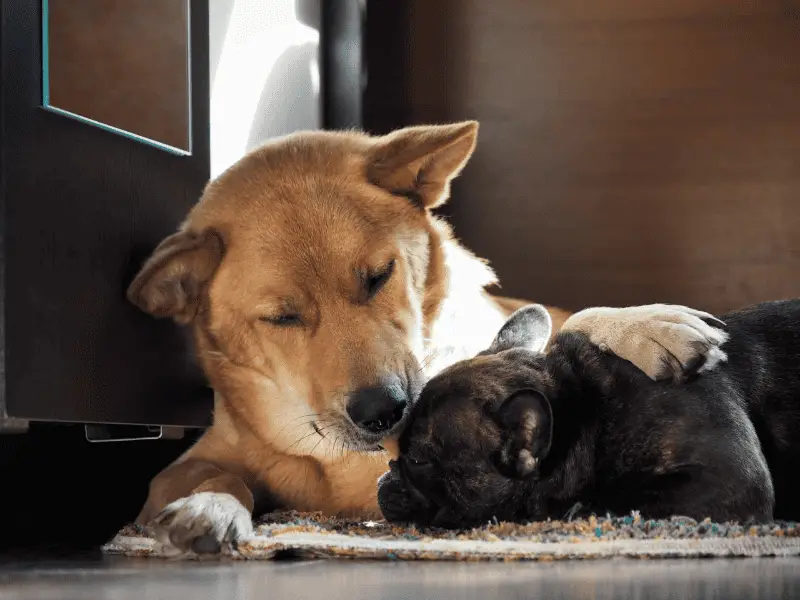
These traits could be anything from physical appearance, temperament, working ability, or any combination of these factors. To achieve this goal, breeders carefully select dogs for breeding based on their desired traits and characteristics.
The Role of Genetics in Dog Breeding
Genetics plays a critical role in dog breeding as it determines how certain traits are inherited from the parent dogs. Each dog has two sets of genes – one inherited from their mother and one inherited from their father.
These genes contain information about physical and behavioral characteristics that will be passed down to their offspring. Breeders aim to create puppies with desirable characteristics by selectively breeding dogs that carry these genes.
For example, if a breeder wants a litter of puppies with long hair, they would breed two long-haired dogs together. By doing this, there’s a higher chance that the puppies will inherit the trait for long hair because both parents carry the gene for it.
Size Differences in Big Dog Little Dog Breeding
The Myth of Size Limitation in Dog Breeding
One of the most common myths about dog breeding is that dogs of different sizes cannot mate with each other.
This myth is particularly prevalent when it comes to small dogs and large dogs, where people think that the differences in size between the two breeds will make breeding impossible.
However, this couldn’t be further from the truth. While it is true that size differences can present some challenges for dog breeders, they are not necessarily a barrier to breeding.
In fact, many small and large breed pairings result in healthy puppies with unique characteristics. It’s important to remember that dogs are all part of the same species and can interbreed despite their physical variations.
Challenges Posed by Size Differences
While size differences may not be a barrier to dog breeding, they do present some challenges for breeders. One of the biggest challenges is ensuring safe mating between two dogs of different sizes.
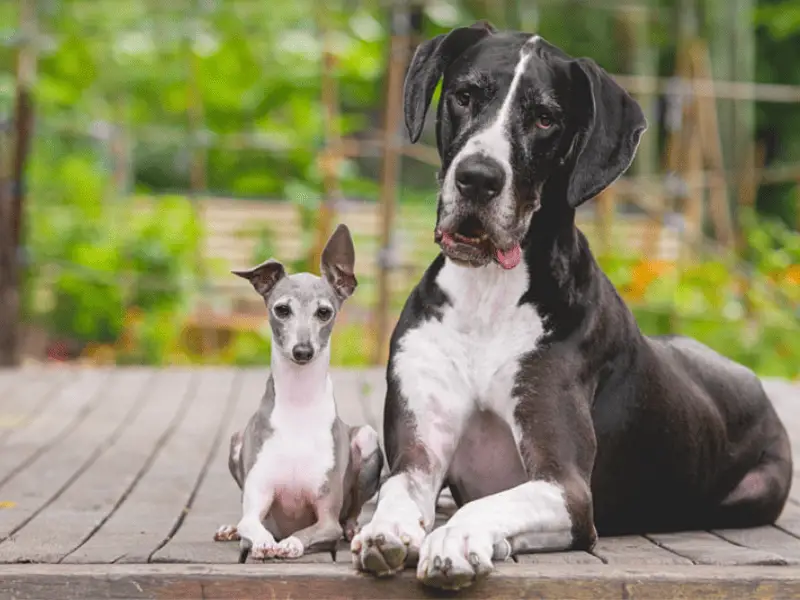
For example, if a female Chihuahua mates with a male Great Dane without proper supervision or intervention from a veterinarian or experienced breeder, there is an increased risk of injury or even death for both animals. Another challenge posed by size differences is potential complications during pregnancy and delivery.
If a small dog becomes pregnant by a larger breed dog, there may be risks associated with carrying and giving birth to puppies that are significantly larger than her own body size. Breeders must be aware of these risks and take measures to ensure the safety and health of both mother and puppies throughout the entire process.
While some challenges may be associated with breeding between differently-sized dog breeds, it is certainly not impossible or even uncommon. As long as proper care and attention are given throughout every step of the process – from selecting appropriate mates to monitoring pregnancy closely – small and large breed pairings can result in healthy, unique mixed-breed puppies.
Risks and Considerations
Breeding small dogs with large ones can be risky, as size differences can lead to various health complications for both the mother and puppies. One of the most significant risks is dystocia, or difficulty giving birth.
When a small dog is bred with a larger one, there is an increased chance that the puppies will be too big to pass through the mother’s birth canal safely.
This can result in injury or death for both the mother and puppies. Other potential health risks associated with breeding between different-sized dogs include gestational diabetes, eclampsia (low blood calcium levels), hypoglycemia (low blood sugar), and respiratory issues.
These risks are particularly high if the female dog is small since she may not have enough space in her body to carry large puppies comfortably. Moreover, breeding between different-sized dogs can also decrease their offspring’s lifespan.
Important Considerations About Big Dog Little Dog Breeding
Despite these risks, some breeders still choose to breed small and large dogs together due to their unique characteristics and desirable traits. If you’re considering breeding smaller dogs with larger breeds, it’s essential to consider several important considerations.
Firstly, you should select appropriate mates that are as similar in size as possible. While finding a mate that matches exactly in size or weight might not always be feasible, it’s crucial to keep this difference minimal.
Doing so will reduce physical strain on both parents during mating and decrease the likelihood of birth complications.
Secondly, close monitoring of pregnancy is critical when breeding between different sized dogs or big dog little dog Breeding since there is an increased risk of complications during childbirth or labor.

Owners should look out for signs such as appetite loss, lethargy, discharge from the vulva area or any abnormal behavior throughout gestation. Adequate care must be provided for both mother and newborns after delivery occurs so they may develop healthily without any issues.
This includes proper nutrition, temperature regulation, and veterinary care during the first few weeks of life. By taking all these precautions, breeders can minimize potential risks associated with breeding little dogs with big dogs and ensure that both mother and puppies are healthy.
Examples of Successful Breeding Between Little Dogs and Big Dogs
While many people assume that little dogs cannot successfully breed with big dogs, there are actually numerous examples of successful pairings between different sized breeds. One example is the Pomsky, a mix between a Pomeranian and a Siberian Husky.
This unique breed has become increasingly popular in recent years for their adorable looks and friendly personalities. Despite the significant size difference between the two parent breeds, Pomskies tend to be small to medium-sized dogs with fluffy coats and striking blue eyes.
Another example is the Chug, a mix between a Chihuahua and Pug. Both breeds are relatively small in size, but the Chug can range from around 10 to 20 pounds depending on which parent breed they take after more.
These cute pups often have short snouts like their Pug parent and can come in various coat colors. There are also many other mixed-breed combinations that result from breeding little dogs with big ones – some of which are quite unique!
For instance, the Corgi Bernese Mountain Dog mix (affectionately known as “Corginese”) results in an adorable pup with short legs and a big heart. Another interesting combination is the Dachshund Lab mix (or “Dachsador”), which typically has a Lab-like build but with shorter legs like its Dachshund parent.
The Beauty of Mixed-Breed Puppies
One of the most wonderful things about breeding little dogs with bigger ones is that it can result in some truly beautiful mixed-breed puppies. From striking coat patterns to unique physical features, these pups often stand out from purebred litters, making great conversation starters at dog parks. In addition to their looks, mixed-breed puppies also tend to have unique personalities that draw people in.
For instance, Pomskies are known for being friendly and loyal, while Chugs tend to be playful and energetic. When you combine these traits with those of their parent breeds, you can end up with an incredibly special dog that brings joy and companionship to your life.
Overall, while some risks and considerations are associated with breeding little dogs with big ones, the examples of successful pairings and beautiful mixed-breed puppies show that it can be done safely and responsibly. With the right care and attention, these pups can make loving additions to any family.
Final Thougts Big Dog Little Dog Breeding
The idea that little dogs cannot have puppies with big dogs is a common misconception. While there are certainly challenges associated with breeding different sized dogs, these size differences are not necessarily a barrier to breeding between different breeds.
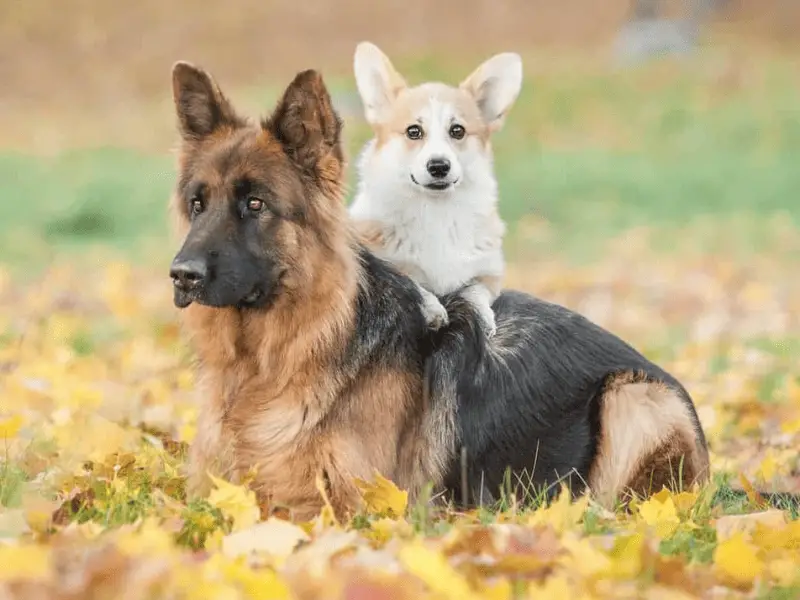
Indeed, many breeders have successfully bred small and large dogs together, resulting in unique and fascinating mixed-breed puppies. It is important to note that breeder selection processes play an instrumental role in determining the success of these breedings.
Breeders must carefully consider their selected mates’ physical traits and genetic makeup to ensure healthy pregnancies and litters. Additionally, potential risks associated with breeding between small and large dogs should not be taken lightly.
Breeding should only be attempted by experienced breeders who can provide proper care for both mother and puppies throughout the pregnancy and post-birth period.
Nevertheless, when done correctly under proper conditions, breeding small and large dogs together can result in some truly amazing outcomes – from adorable miniature versions of larger breeds to unique combinations that showcase the best traits from each parent.
At its core, dog breeding is all about improving canine genetics by selecting desirable traits – regardless of size or perceived differences between breeds. By understanding how dog breeding works and carefully considering all aspects of the process, breeders can unlock a world of possibilities when it comes to creating new canine companions.

